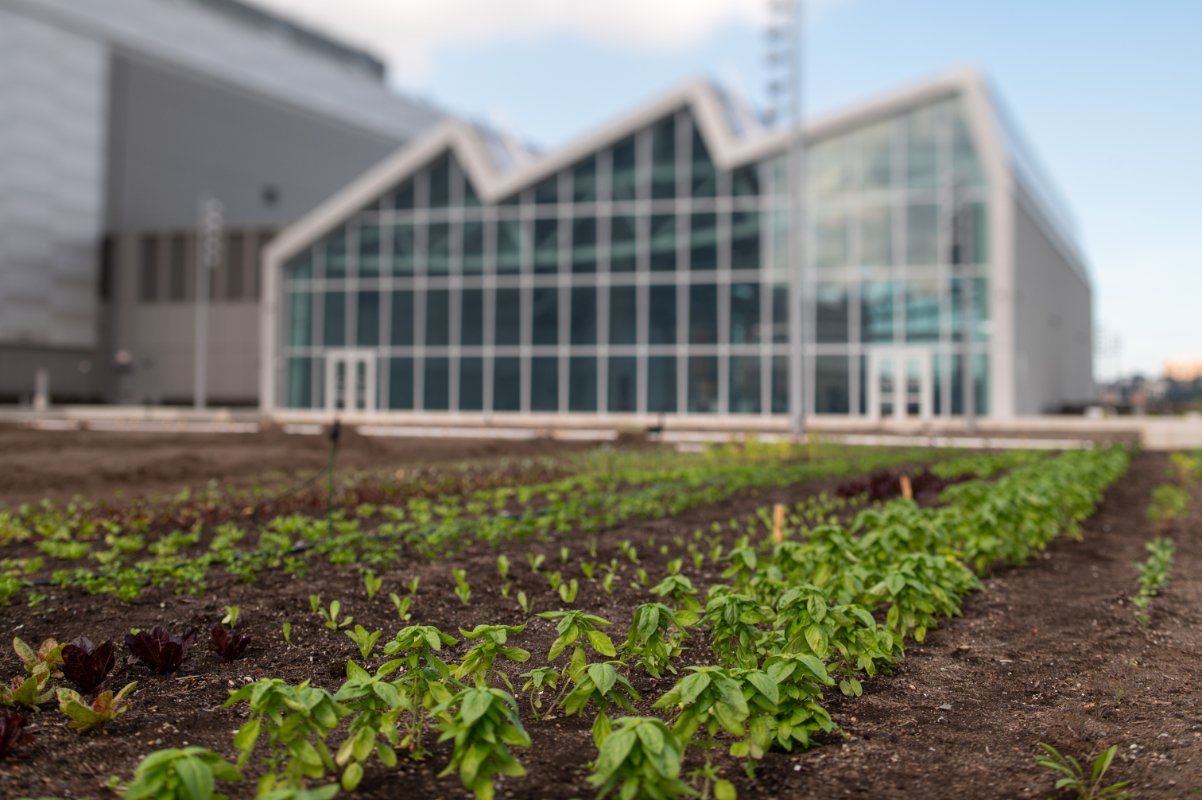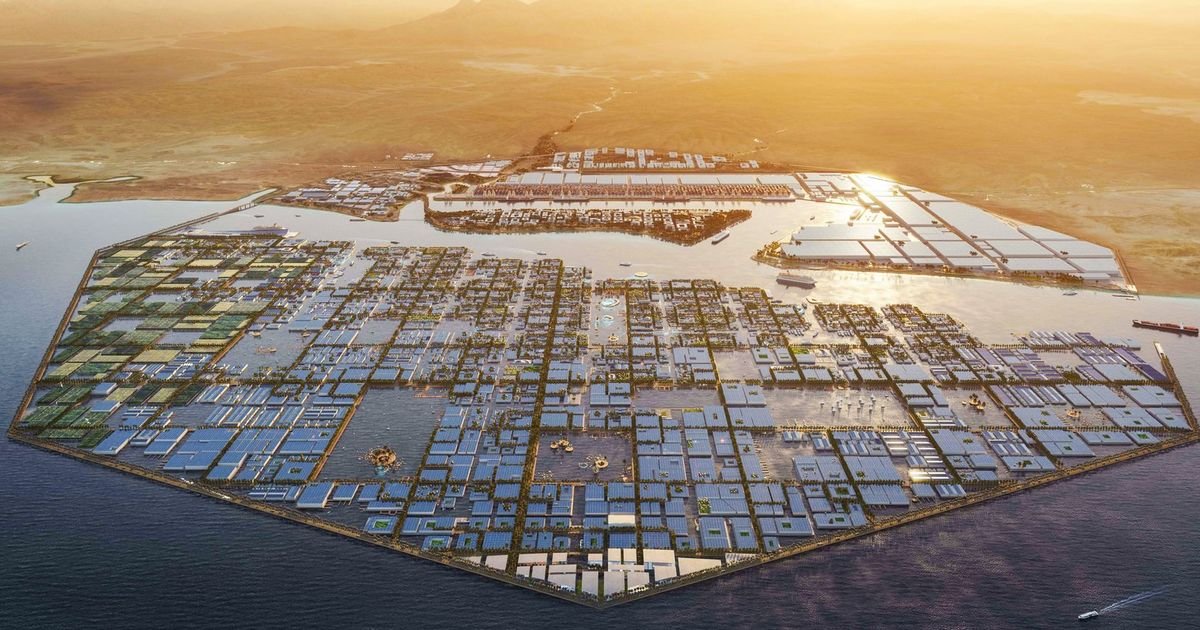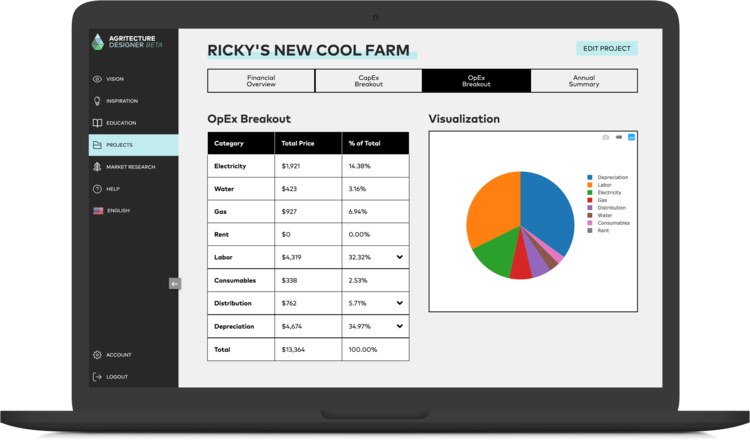Feb 1, 2022
4 New Trends Shaping The Future Of Urban Agriculture In 2022

The Vegetable Co. in Kuala Lumpur, Malaysia, growing vegetables under LED lights in a shipping container; image credit: Ian Teh for The New York Times
Editor’s Note: This post is a follow-up to Agritecture’s posts on the “10 New Trends In Hydroponics: What To Expect In 2017 And Beyond” and “10 New Trends In CEA In 2021 And Beyond.” The following list details some of the Agritecture team’s insights on the coming year related to future food security and agricultural production.
The new year brings with it new opportunities for the urban and controlled environment agriculture industries. In reflecting on the biggest CEA victories and defeats of 2021, the Agritecture team got to thinking about what 2022 holds for the future of agricultural production.
Here are our top predictions:
#1: CEA Hype will start to balance out.
There is no doubt that vertical farming and greenhouse growing will be essential farming methods for the next generation of growers. With the industry maturing, we’ve seen some major financing rounds and acquisitions over the past year (Cox Enterprises’ acquisition of BrightFarms, and Kalera’s acquisition of &ever, to name a few), alongside the closing of the largest CEA fund ever by Equilibrium Capital.

Where CEA sits on the Gartner Hype Cycle today according to Henry Gordon-Smith; image credit: Gartner, annotated by Gordon-Smith.
However, there seems to be a sense that the vertical farming industry has received an excessive amount of hype relative to its current size and impact. According to the 2021 Global CEA Census, 70% of CEA operators believe the industry has been susceptible to excessive greenwashing.
In his recent AgFunder article, Henry Gordon-Smith, Founder & CEO of Agritecture, shared that “it’s safe to say we have passed the Peak of Inflated Expectations,” “what comes next is a period of depression and correction.” As part of this correction, and to build trust over hype in the industry, Agritecture has launched a CEA Sustainability Communications Guide. The guide intends to help consumers more effectively interpret sustainability-related claims and help operators communicate about sustainability in a more effective and honest way.
#2: More cities will push urban agriculture policy initiatives forward.

Brooklyn Grange Rooftop Farm at the Javits Convention Center in New York; image credit: Javits Center
As has been long demanded by advocates in cities around the world, city officials are beginning to prioritize urban agriculture policy initiatives. In October 2021, New York City announced that it would establish an urban agriculture office and an urban agriculture advisory board. In an exclusive interview with Agritecture, New York City Council Member Ben Kallos shared that “people doing the work in urban agriculture haven't felt like they had a seat at the table. This [the office and advisory board] will give them that seat at the table that will give them access to city policy.”
Agritecture’s Director Digital Strategy, Ricky Stephens, reflects that “as we’ve seen from working with entrepreneurs and city officials around the country, having just one individual within a mayor’s office whose job it is to look out for the best interests of urban farmers, while striving toward measurable long-term outcomes, is a win for both the city and the wellbeing of residents. Trust gets built, partnerships get formed, jobs get created, and the huge gap between the supply of and demand for fresh food gets diminished.”
#3: Urban agriculture will become crucial to master planning projects.

A rendering of NEOM’s Oxagon project; image credit: NEOM
With cities being more invested in urban agricultural policy, we see more agricultural focus in master planning projects. NEOM is one such project driving the future of food production in urban environments. This $500-billion technological megacity in Saudi Arabia will strive to become the world’s most food self-sufficient city. It aspires to “shift the paradigm of extraction-based agriculture” by building NEOM’s Food Innovation Hub, “using biotechnology to promote responsible and sustainable aquafarming,” targeting “nutritional services tailored to genomic and microbiome data,” and “developing alternative proteins.” Learn more about NEOM’s food strategy here.
Dubai is similarly building a smarter food system with their new Food Tech Valley. An exclusive interview with Her Excellency Mariam Bint Mohammed Saeed Hareb Almheiri, Minister of Climate Change and Environment, revealed how the integrated modern city will serve as a hub for future clean tech-based food and agricultural products, while also “fostering a culture of AgTech amongst youth, and creating viable career pathways for them.”
A recent partnership worth mentioning is that between OCEANIX, The Busan Metropolitan City of the Republic of Korea, and UN-Habitat. The team has plans to deploy a prototype sustainable floating city that not only has “flood-proof infrastructure that rises with the sea,” but can also produce its own “food, energy, and freshwater with fully integrated zero waste closed-loop systems.” Singapore and Dallas similarly have master plans in the works to ensure greater food security and access.
#4: Farm planning will continue to go digital!

Since launching in 2020, Agritecture Designer has modeled over 208 greenhouses and 305 vertical farms. Entrepreneurs are being given numerous tools to take on the challenge of planning their urban farms successfully:

-
The Commercial Urban Farming master class provides the foundational knowledge for anyone (experienced or not) to set out on planning their urban farms.
-
The software allows entrepreneurs to build and compare unlimited CEA farm models, estimate their financials, and calculate a fair market value for their crops.
-
The Advisor Bundle combines our software with tailored 1-1 support from an Agritecture expert for our more serious users.
-
The Agritecture Partner Network gives entrepreneurs planning their farms access to trusted equipment and financing partners that can help actualize their business plan, as well as benefits and savings found only through this network.
The Agritecture Designer team is also working on weighing some of the key environmental and social differences between various farm models through a new comprehensive Sustainability Assessment. We envision these tools being a valuable asset for entrepreneurs worldwide.


